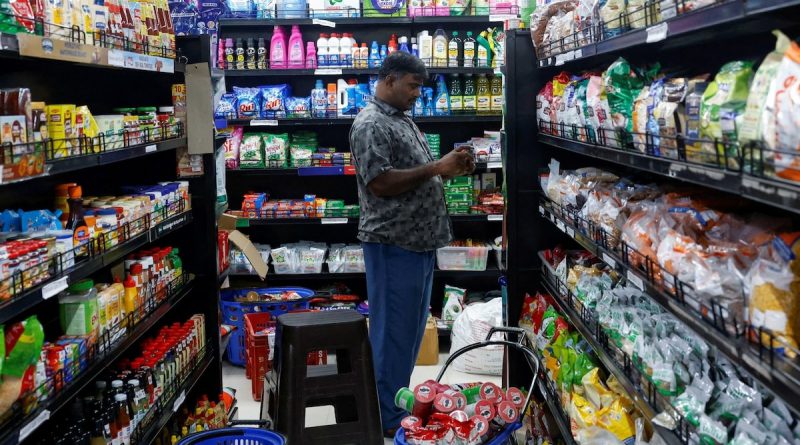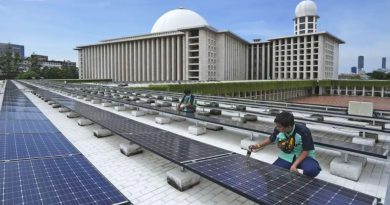India’s Inflation Hits Record Low, Strengthening Hopes for December Rate Cut and Economic Revival
New Delhi – India’s economy received a major boost as retail inflation dropped to a record low of 0.25% in October, marking a historic milestone for Asia’s third-largest economy.
The sharp decline was largely driven by falling food prices and government-led tax reductions on essential goods. The news has fueled optimism among economists and businesses that the Reserve Bank of India (RBI) may announce a rate cut in its December policy review, further supporting growth and investment.
The record dip in inflation comes as a welcome relief for households, industries, and investors. For the second consecutive month, inflation has remained below the RBI’s comfort zone of 2% to 6%, signaling strong macroeconomic stability.
The government’s proactive fiscal and monetary coordination appears to be paying off, ensuring that prices stay affordable while growth momentum remains steady.
The dramatic fall in prices has been most noticeable in food and essential items. Food inflation fell by a record 5.02% year-on-year, while vegetable prices plunged over 27%.
This decline has helped ease the cost of living for millions of families and boosted consumer sentiment nationwide. Lower food prices also reflect improved supply chains, better harvest yields, and government initiatives to keep prices stable.
India’s decision in late September to slash Goods and Services Tax (GST) on hundreds of commonly used items has further contributed to this positive trend.
Products such as dairy, personal care, and packaged foods became cheaper, stimulating domestic consumption and cushioning the impact of global trade tensions.
Economists believe these steps have effectively offset inflationary pressures stemming from external challenges like the recent U.S. tariffs on Indian exports.
Analysts expect this trend to continue through the next few months. With inflation well under control, experts predict that the RBI could cut its repo rate by 25 to 50 basis points in December.
Such a move would make borrowing cheaper, encouraging spending, business expansion, and investment in infrastructure, manufacturing, and services.
Core inflation, which excludes volatile food and fuel prices, stood at 4.4% in October, remaining largely stable. The slight uptick was attributed to a rise in domestic gold prices, which surged nearly 5% during the month.
However, experts say this is a manageable factor and not a cause for concern. The overall inflation outlook remains benign, allowing for continued monetary easing to stimulate growth.
The combination of tax cuts, policy consistency, and supply-side management has created an ideal environment for economic recovery. Lower inflation strengthens purchasing power and consumer confidence, while easing interest rates can spur new investment.
These developments have also reinforced India’s global image as a resilient and well-managed economy amid uncertain global conditions.
According to economists, inflation for the current financial year is expected to average around 2.5%, leaving ample room for further policy support. The Reserve Bank of India’s rate-setting committee, which meets from December 3 to 5, is widely expected to adopt a pro-growth stance.
RBI Governor Sanjay Malhotra recently noted that “current macroeconomic conditions and outlook have opened up policy space for further supporting growth.”
India’s economic fundamentals remain strong, supported by robust foreign exchange reserves, fiscal discipline, and structural reforms. The country’s inflation success story demonstrates the effectiveness of its policy mix—balancing growth with stability.
As inflation cools and rates ease, industries are set to benefit from higher liquidity, lower costs, and stronger consumer demand.
This historic low in inflation is not just a statistical achievement—it represents a major stride toward sustainable growth and inclusive prosperity.
With stable prices, a proactive central bank, and strong domestic demand, India is poised to enter 2026 with renewed economic confidence and resilience.



